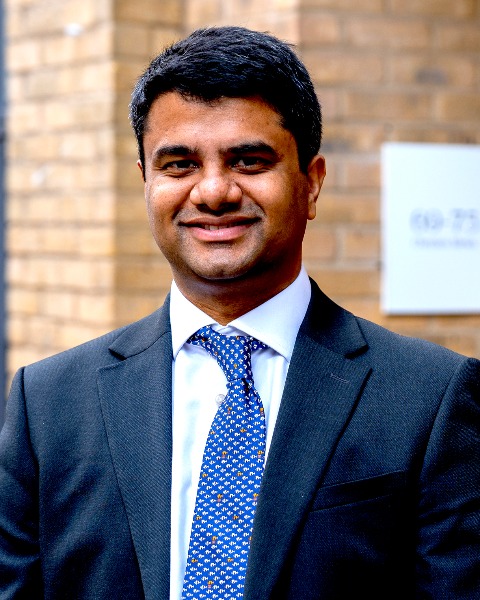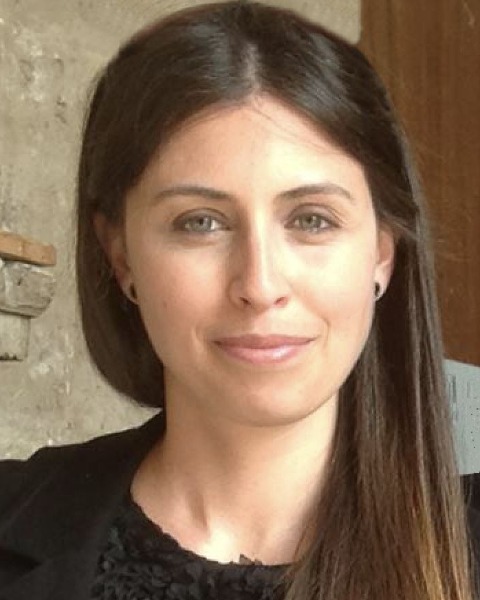Rapid Fire Abstracts
Concealed deep phenotype abnormalities in subclinical hypertrophic cardiomyopathy detected by advanced imaging (RF_TH_276)

George Joy, PhD
NIHR Clinical Lecturer
St George's University of London, United Kingdom
George Joy, PhD
NIHR Clinical Lecturer
St George's University of London, United Kingdom- MO
Michele Orini, PhD
Senior Lecturer
Kings College London, United Kingdom 
Rhodri H. Davies, MD, PhD
Doctor
University College London and Barts Heart Centre, United Kingdom- PK
Peter Kellman, PhD
Director of the Medical Signal and Image Processing Program
National Heart, Lung, and Blood Institute, National Institutes of Health - MT
Maite Tome, PhD
Professor of Cardiology
St Georges University of London, United Kingdom - PL
Pier Lambiase, MD, PhD
Professor of Cardiology
University College London, United Kingdom - ED
Erica Dall'Armellina, PhD
Associate Professor and Honorary Consultant Cardiologist
University of Leeds, United Kingdom 
Gabriella Captur, MD, PhD
Senior Lecturer
UCL Institute of Cardiovascular Science, United Kingdom
James C. Moon, MD
Professor of Cardiology
University College London, United Kingdom- LL
Luis Lopes, PhD
Associate Professor
University College London, United Kingdom
Presenting Author(s)
Primary Author(s)
Co-Author(s)
Predicting disease penetrance in individuals with pathogenic sarcomere mutation (G+) without hypertrophy (LVH-) is a significant clinical challenge in hypertrophic cardiomyopathy, that currently requires lifelong imaging surveillance. We combined deep phenotyping with machine learning to detect abnormalities that may be missed by conventional tests.
Methods:
We performed a multicentre study on 155 individuals: 61 G+LVH- and 94 overt LVH+ (49 G+ / 45 G-). All participants underwent advanced CMR with diffusion tensor imaging, quantitative perfusion and electrocardiographic imaging.
Parameters employed in unsupervised machine learning included those reflecting LVH (maximum wall thickness [MWT] analyzed using AI algorithms), ischaemia (myocardial perfusion reserve [MPR]), microstructural alteration (fractional anisotropy [FA], sheetlet orientation [E2A]), epicardial conduction (mean activation time [mean AT], gradients [GATmean/max] and fractionation) and repolarization (mean activation recovery interval corrected [mean ARIc], range of ARIc, gradients GRTcmean/max).
We performed unsupervised machine learning using agglomerative hierarchical cluster analysis. Redundant CMR metrics were eliminated by removing features where pair-wise correlation was r >0.7. The dissimilarity matrix was calculated using Euclidean distance and clusters were joined using Ward’s method, which can separate clusters even in the presence of some noise. The optimal number of clusters was chosen using the NBclust library, which chooses the best consensus by evaluating multiple clustering validation indices. All clustering was performed blinded to clinical data (demographics, genotype, LVH thresholds, abnormal ECG).
Results:
Cluster validity indices calculated using advanced phenotyping implied that there were three optimal clusters (Figure). Cluster 1 represented a mild deep phenotype (low MWT), with preserved microvascular function (higher MPR) and more preserved microstructure (higher FA, lower E2A). Repolarization was not prolonged (lower mean ARIc) but other EP changes were similar to cluster 2 (mean AT, GAT) and cluster 3 (Fractionation and GRTc).
Clusters 2 and 3 displayed intermediate and severe phenotypes respectively in terms of LVH (MWT higher than cluster 1 and less than 3), ischaemia (MPR was higher than cluster 1 and less than 3), and microstructural alteration (FA was lower than cluster 1 and higher than 3). EP changes were less severe in cluster 2 than cluster 3 in all parameters except for fractionation and GAT.
33% of subclinical HCM clustered in intermediate or severe deep phenotypes. These individuals had no difference in MWT and 50% had a normal ECG.
Conclusion:
A high prevalence of subclinical HCM have an intermediate or severely abnormal deep microstructural, microvascular and EP phenotype. This subgroup had no LVH and normal 12-lead ECG, therefore are only detected by deep phenotyping techniques.

